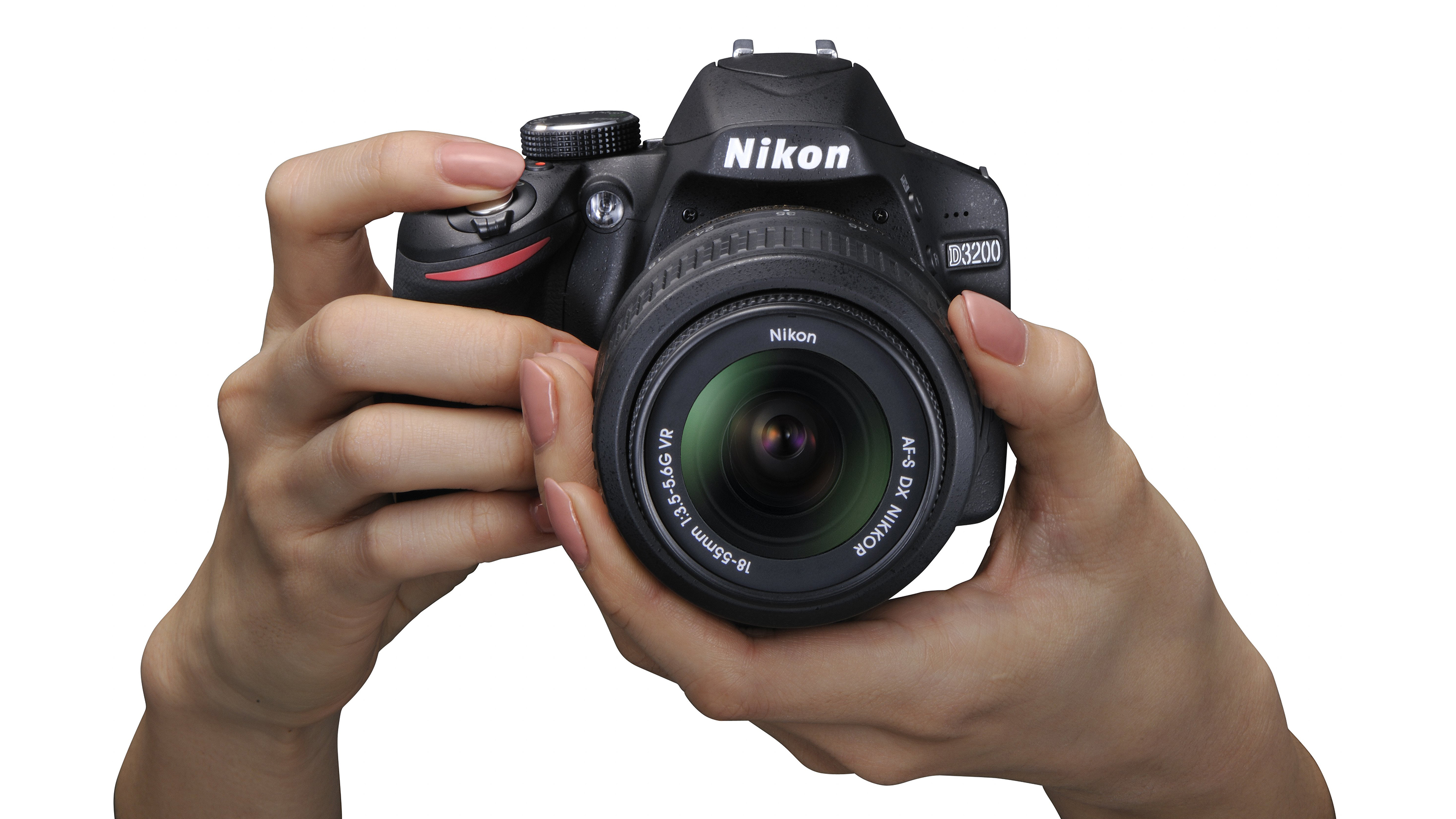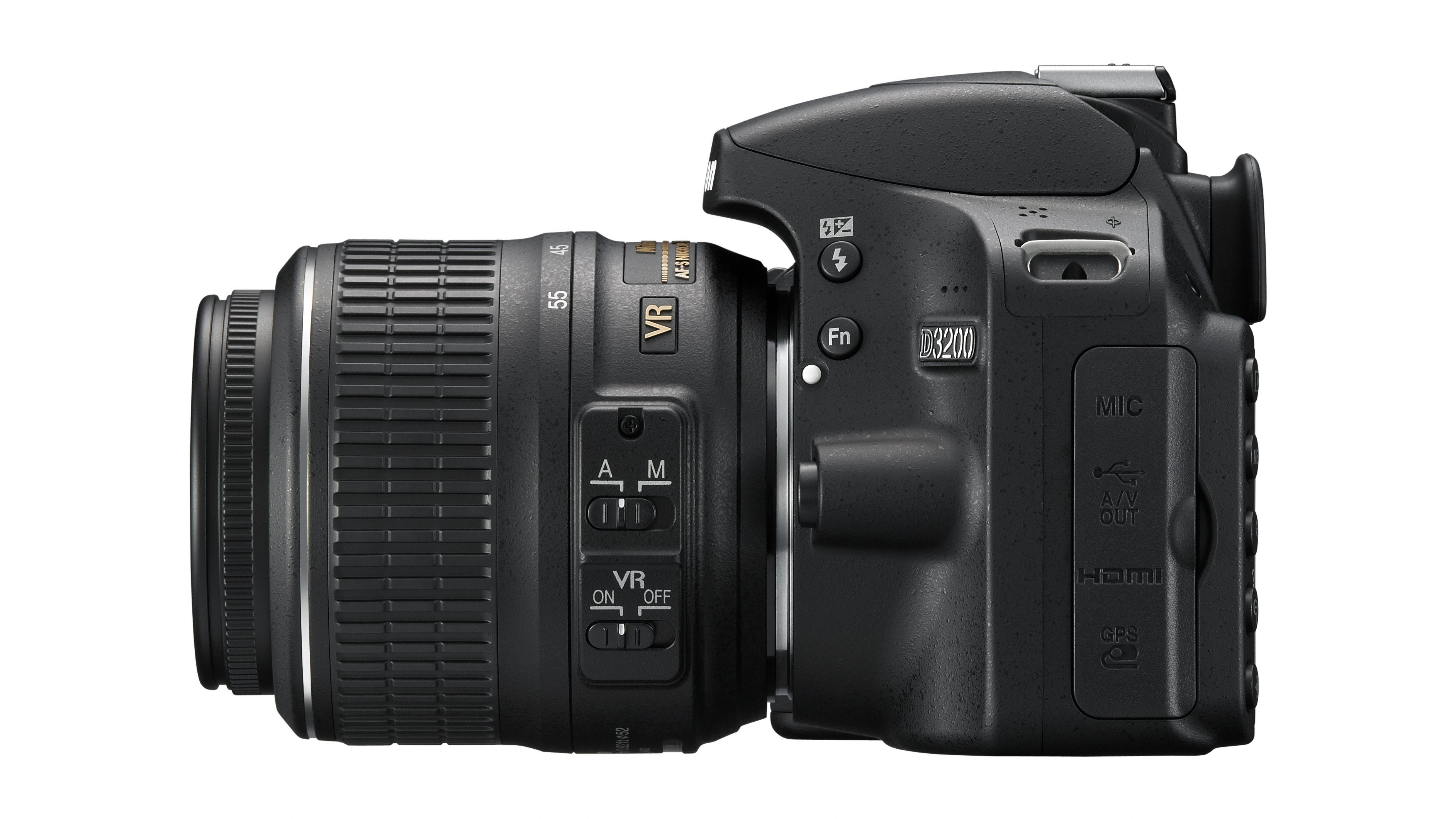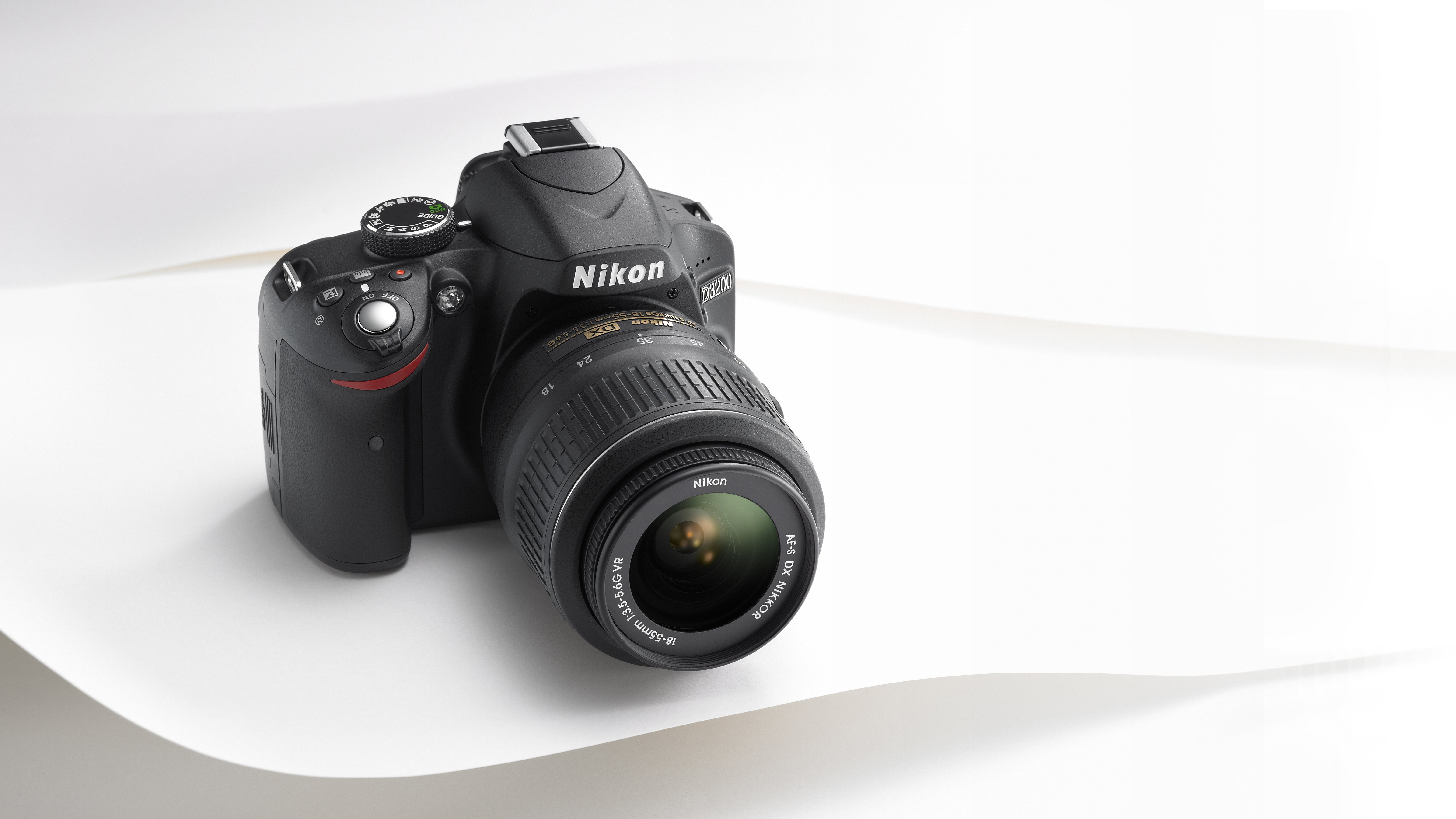TechRadar Verdict
Nikon has delivered an excellent camera in the Nikon D3200. Its Guide Mode is especially good and very useful for novice photographers.
Pros
- +
Excellent guide mode
- +
24MP sensor
- +
Full HD video
Cons
- -
Odd colours on LCD screen
- -
Limited connectivity
- -
Hard to find new
Why you can trust TechRadar
By all accounts, Nikon had a great year in 2011, topping both the DSLR and compact camera charts. The former came via the Nikon D3100, the company's entry-level offering with a 14.2 million pixel sensor, which is a great way in for those looking to get serious about their photography.
The D3200 is now getting harder to find, with the Nikon D3300 and D3400 both replacing it.
Features
- APS-C CMOS sensor, 24.2MP
- 3.0-inch screen, 921,000 dots
- 1080p video capture
There's lots of interesting technology crammed into the relatively small body of the Nikon D3200, including things that have trickled down from its more expensive bodies.
These include features such as the Expeed 3 processing engine, which promises to deliver quicker processing, low noise and a range of frame rates for Full HD video recording.

But it is of course that 24.2 million pixel sensor that is likely to be the most headline-grabbing feature, coming just weeks after the unveiling of Nikon's other high resolution camera, the Nikon D800 (with 36 million pixels).
Coming from a company that used to profess that 12 million pixels was "enough", it's likely that some will scoff at the hike in pixel count, but Nikon is keen to point out the cropping potential that such a high resolution offers. This means that users who are unlikely to invest in a second, longer focal length range can crop into images post-capture and still retain a large enough pixel count for high quality images.
Aiming itself so squarely at the entry-level user, improvements made to the Guide Mode are something Nikon is understandably keen to shout about. On the Nikon D3200, new guides including Reds in Sunsets have been added, which - along with the original guides - is designed to help users to achieve the best possible image quality without necessarily having to have a huge amount of photographic knowledge.
Helpfully, the updated guide now has more reference images. These change as the settings are adjusted to show the typical impact.

Another feature that's likely to appeal to the intended target audience is the option to purchase an additional Wi-Fi adaptor, the WU-1A, which connects the camera to smartphones and tablets for remote shooting and uploading images to social networking sites.
A number of retouch options have been included in the camera, including the capability to straighten and crop images and add digital art filters after the shot has been taken.
Amy has been writing about cameras, photography and associated tech since 2009. Amy was once part of the photography testing team for Future Publishing working across TechRadar, Digital Camera, PhotoPlus, N Photo and Photography Week. For her photography, she has won awards and has been exhibited. She often partakes in unusual projects - including one intense year where she used a different camera every single day. Amy is currently the Features Editor at Amateur Photographer magazine, and in her increasingly little spare time works across a number of high-profile publications including Wired, Stuff, Digital Camera World, Expert Reviews, and just a little off-tangent, PetsRadar.

